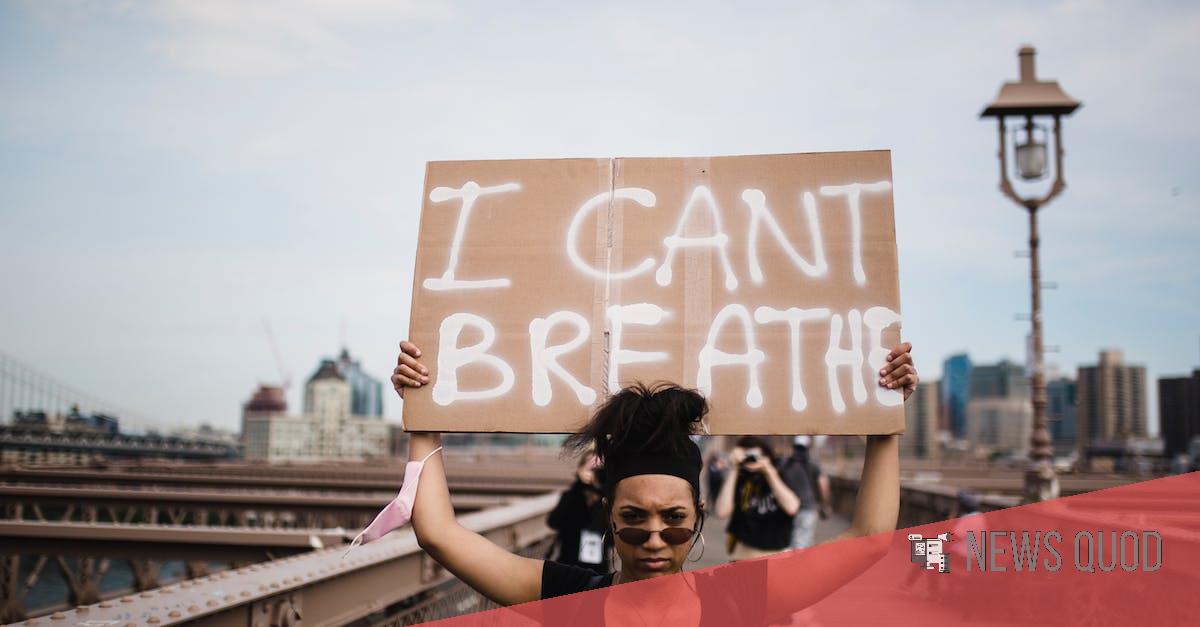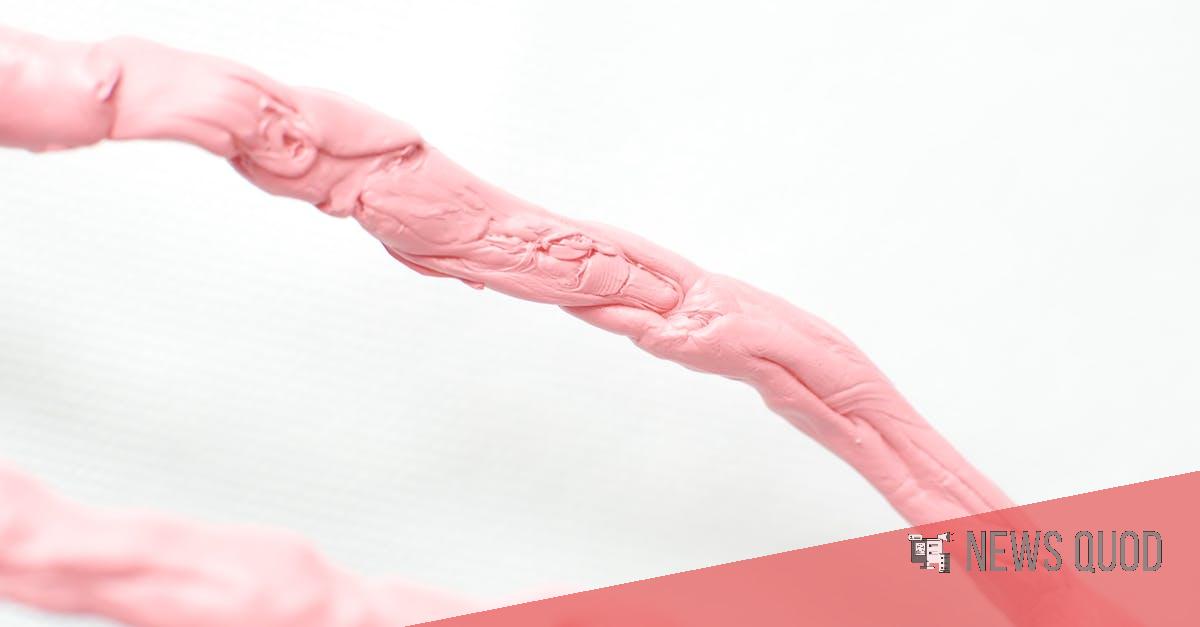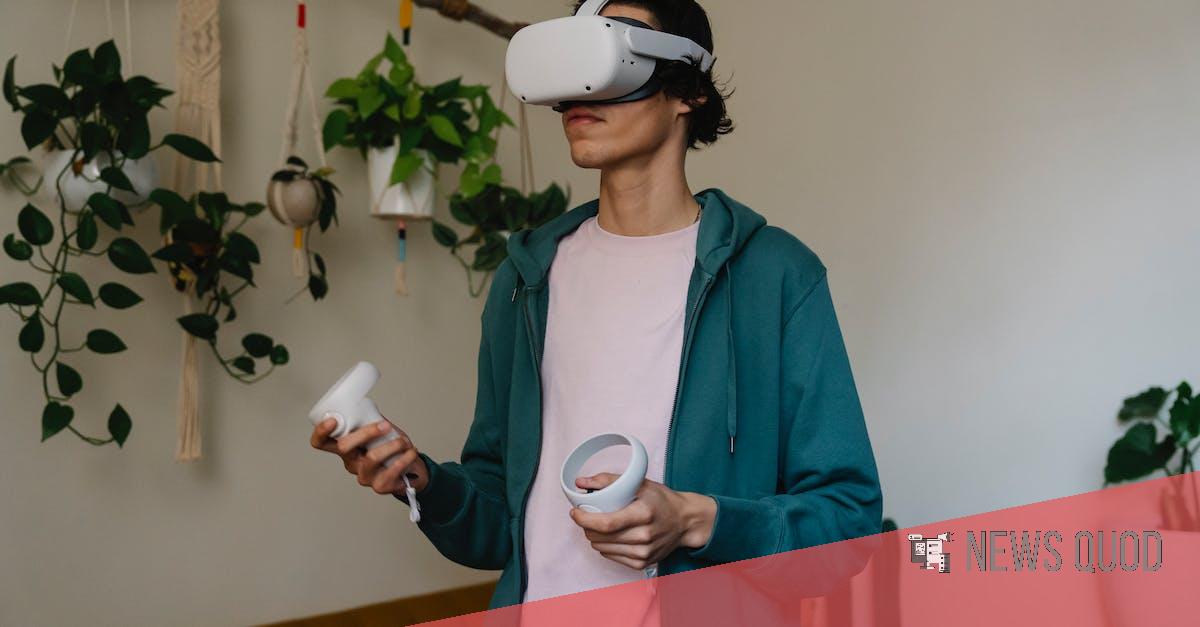Reasons why the Covid-19 rebound may be more frequent than the data suggest.

But, some people whom simply take Paxlovid — plus some whom don’t — experience a rebound situation of Covid-19, with a resurgence of symptoms or good tests simply times after doing therapy and assessment negative.
And current high-profile rebound instances, including President Joe Biden, Dr.
Anthony Fauci and first woman Jill Biden, are raising questions about so just how usually this happens.
Based on the spokesperson for the US Centers for Disease Control and Prevention, Covid-19 rebound “is an extremely rare event — it's not occurring the majority the time.” “A tiny portion of people with Covid-19 experience a rebound of signs, including people who simply take antiviral medication, such as Paxlovid.
“Experts say that rebound cases are probably more prevalent than data suggests, but it’s difficult to know by how much.
There’s an array of estimates for what that “small percentage” may be — from significantly less than 1% of people that just take Paxlovid to a lot more than 10% — and definitions of a rebound case are lacking persistence.
Based on a CDC wellness advisory, a short return of signs might be part of SARS-CoV-2 infection (the virus that causes COVID-19).
The CDC suggests that it’s imperative to have a clear comprehension of specific patient cases and for the wider community.
Dr.
Michael Charness through the Veterans management health Center has joined a Columbia University group to examine Covid-19 instances returning to the hospital after Paxlovid therapy.
Individuals experiencing a rebound situation could be contagious, so that they should know the possibility that they might have to reisolate consistent with CDC guidance, he said.
For others, a come back to symptoms, or positive tests, are “certainly a concern for many people and then leave them wondering: “Why is this occurring? ‘”Tracking Covid-19 reboundIn clinical trial documents submitted to your United States Food and Drug management this past year, Pfizer noted that “several topics seemed to have a rebound in SARS-CoV-2 RNA levels.
” Their information demonstrates that about 2% of individuals revealed current or persistent viral load rebound, a share that has been similar among both those treated with Paxlovid as well as the placebo group which wasn’t.
Pfizer has no more information on rebound instances apart from the information from clinical studies.
These were done during the time that the Delta variation ended up being predominant & most individuals weren’t vaccinated.
Preprint studies that then followed rebound cases into the Omicron waves found that between 2 and 4% experienced symptoms or a rebound within seven days.
5 to 6% of the patients had rebounded within 30 days.
The Mayo Clinic scientists published another study that broadly aligned the medical test information of Pfizer in June.
Researchers unearthed that around 1% of Paxlovid clients experienced a rebound in signs after about nine times.
This retrospective study could not tell whether patients had tested positive or not.
But in accordance with Aditya Shah, an infectious infection professional and a writer of the report, the genuine rate is probably nearer to 10%.
You need to recognize the limits in this type of research.
All these patients are home, and not every patient who may have rebounded signs is going to contact their medical practitioner,” Shah said.
Our research obviously revealed that we'd a decreased number of instances.
Charness estimates that there is a comparable Covid-19 rebound rate among vaccinated individuals that have received Paxlovid, although uncertainty persists.
There hasn’t been any study to give us a solution.
He stated it is unlikely to be 50% and not likely also 2%.
I wouldn’t be surprised to see it within the 5-10% range for folks who have been treated, compared to the 1-2% range for untreated patients.
According to preliminary data through the CDC, those who have comorbidities are more inclined to suffer a rebound.
But, they stated that research to assess danger factors is ongoing and that “there’s no conclusive evidence currently” therefore more research is needed.
‘Rebound will be an inconvenience’Despite the prospect of a rebound case, experts within the field agree that Paxlovid remains a great treatment choice.
If a rebound instance of Covid-19 is certainly one cost of taking Paxlovid, nonetheless it needs to be weighed contrary to the costs of what can happen with no treatment, Charness stated.
A majority of those that develop a new instance of Covid-19 following therapy with Paxlovid are only experiencing mild signs.
They could be more powerful than before, such as Fauci’s, but nonetheless far underneath the severe diseases that Paxlovid protects against.
He stated that Paxlovid ought to be taken by people at high-risk.
The rebound will be a problem for a small number of these folks, which will be yet to happen.
But in the vast majority of those individuals, the rebound will be an inconvenience.
And that inconvenience, really, isn't because important as the potential of avoiding hospitalization or death.
Both President Biden in addition to Fauci were given a second dosage of Paxlovid to be able to deal with their rebound cases.
Pfizer additionally provided additional data towards the FDA this week to be able to assess patients who may need another treatment course.
Pfizer released a statement saying that while further evaluations are necessary, they continue steadily to monitor the information from ongoing medical studies and post-authorization surveillance security surveillance.
We stay confident it is clinically effective in preventing severe results from COVID-19 in patients who are at higher risk.
The general public information about Paxlovid prescriptions, generally speaking, just isn't available.
According to the United States Department of Health and Human solutions, about 4 million courses of Paxlovid were administered as of mid-August, but there are no extra factual statements about the demographics or health status of the which have received it.
Charness acknowledges that there has been a great deal done in terms of rebound situations.
But, many questions still stay.
His memory takes me personally back into March 2002, when it was not known just what rebound meant and people were calling their provider and being told that this is a mistake.
“Between then now, there’s been a big dissemination of data, which will be the best thing, but people aren’t 100% yes how to handle it.
“.
Adjusted from CNN News








